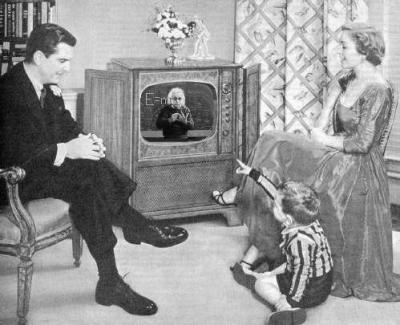
Folks this week have been all aflutter with news of a major storm that finally hit Rutland early this morning, though it's nearly done as I type this. The buzz word here in Vermont has been, of course, Nor'easter, a word that didn't enter my vocabulary until I read Carry On, Mr. Bowditch a few years back. But seeing as how simple Vermont folk are, like myself, hopeless landlubbers, I really don't know if they're using the term correctly. So what is this? A big winter storm or an actual nor'easter?
Using a Google News search doesn't clear things up. Like my Vermont friends, the local press and wire services seem to love a buzz word like nor'easter, whether they actually know how to define one or not. Lots of press articles about the "nor'easter," but little mention of what makes a nor'easter or why this storm should be called one. Yes, it's quite the storm. But it's the same storm that hit the Plains and Midwest earlier this week. But we wouldn't call a foot of snow over Kansas a nor'easter now, would we?
So is a nor'easter just a hella big storm that hits the Northeast US? Well, no. Big storms happen a few times a year, but not every one gets labeled a nor'easter. If we can trust Wikipedia, and I for one, really think we can within reason, then a nor'easter "describes a low pressure area whose center of rotation is just off the East Coast and whose leading winds in the left forward quadrant rotate onto land from the northeast." Aha! We've found it! Of course!
But wait a tic, I didn't understand that either. Let's try again. A nor'easter is a low pressure area, kind of like a hurricane or other large storm system. But unlike a hurricane, nor'easters feed off cold air. From Wikipedia again: "Nor'easters thrive on the converging air masses; that is, the polar cold air mass and the warmer ocean water of the Gulf Stream."
So for a storm to be a nor'easter, it has to be a two-parter. Part one is cold polar air, which is what a low front or storm system picks up when it breezes through Vermont. The storms that just blew through the Midwest are doing just that, bringing in loads of cold, Arctic air as they pass from West to East. Part two, however, is warm ocean water from the south, specifically the Gulf Stream. So do we have that?
I have no effin' idea.
According to the Weather Channel, I don't think so. For two reasons. One, the weather maps don't show a mass of warm air coming up from the south. Now, there's got to be some warm air off the North Atlantic Coast because of the Gulf Stream. But according to the radar (and of course, I could be terribly wrong), there isn't anything out of the ordinary. But the second reason is probably the best reason: there's no mention of a nor'easter on the Weather Channel's website. Not that these guys are the final word on weather, but if they ain't, then who is?
So if this isn't a nor'easter, why do people keep calling it one? Lundlubbing ignorance, I guess. I bet merchant marines and coastal fishermen up and down New England just hate it when the White Plains Journal (just to pick on one of many) calls every big snow storm a nor'easter. Typical, they mutter.
What's ironic is, there may be an actual nor'easter in our sights within the next few days. The remains of Tropical Storm Olga are menacing parts of Florida as we speak. Should that mass of warm, ocean air find its way up the Coast, we could very likely have that Part Two we were looking for earlier. Who knows, maybe that's what all the rumors this week were about. Maybe we all just got confused and jumped the gun by 48 hours. Cold arctic air? Check. Warm Gulf mass? We'll see.
Sunday, December 16, 2007
But is it a Nor'easter?
Subscribe to:
Post Comments (Atom)




No comments:
Post a Comment